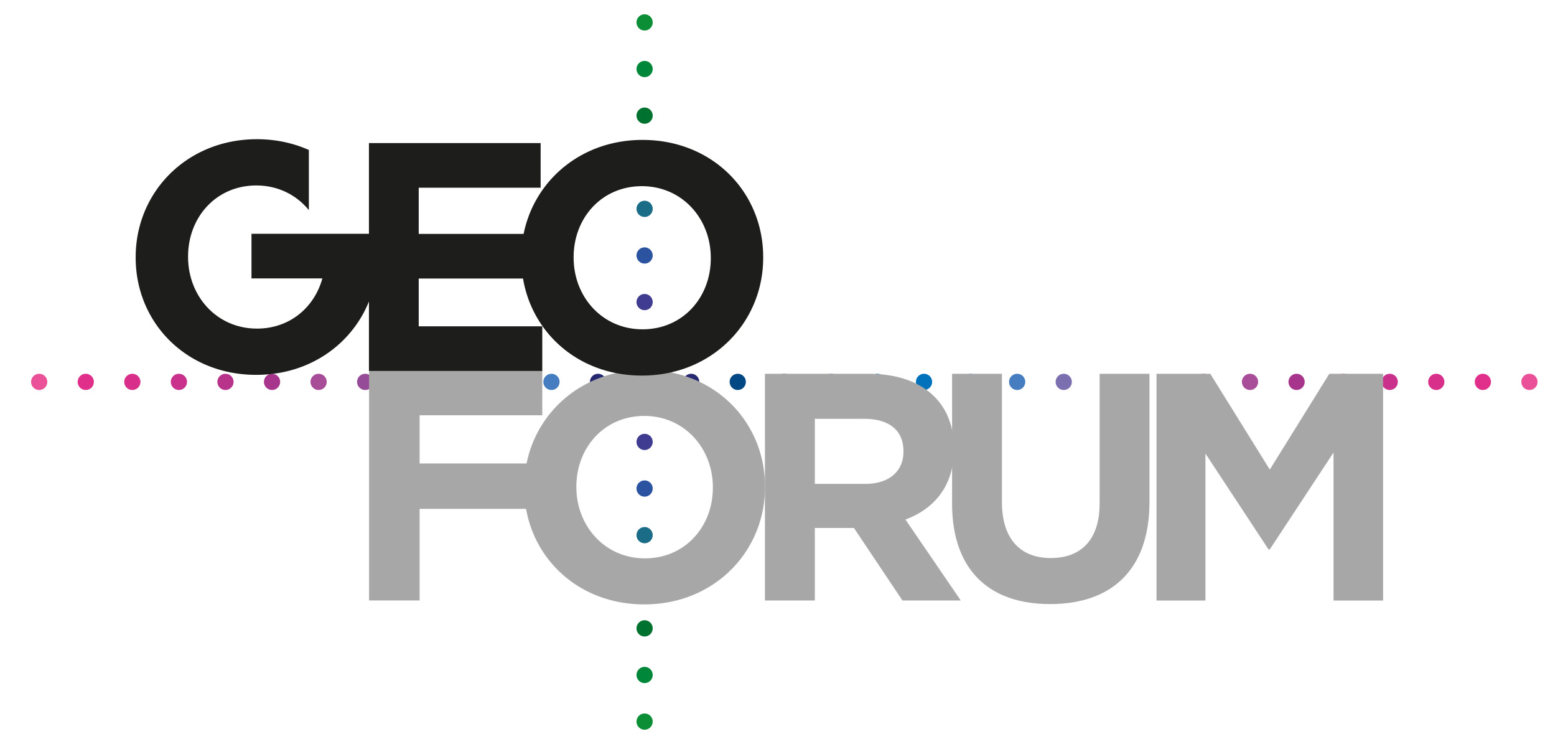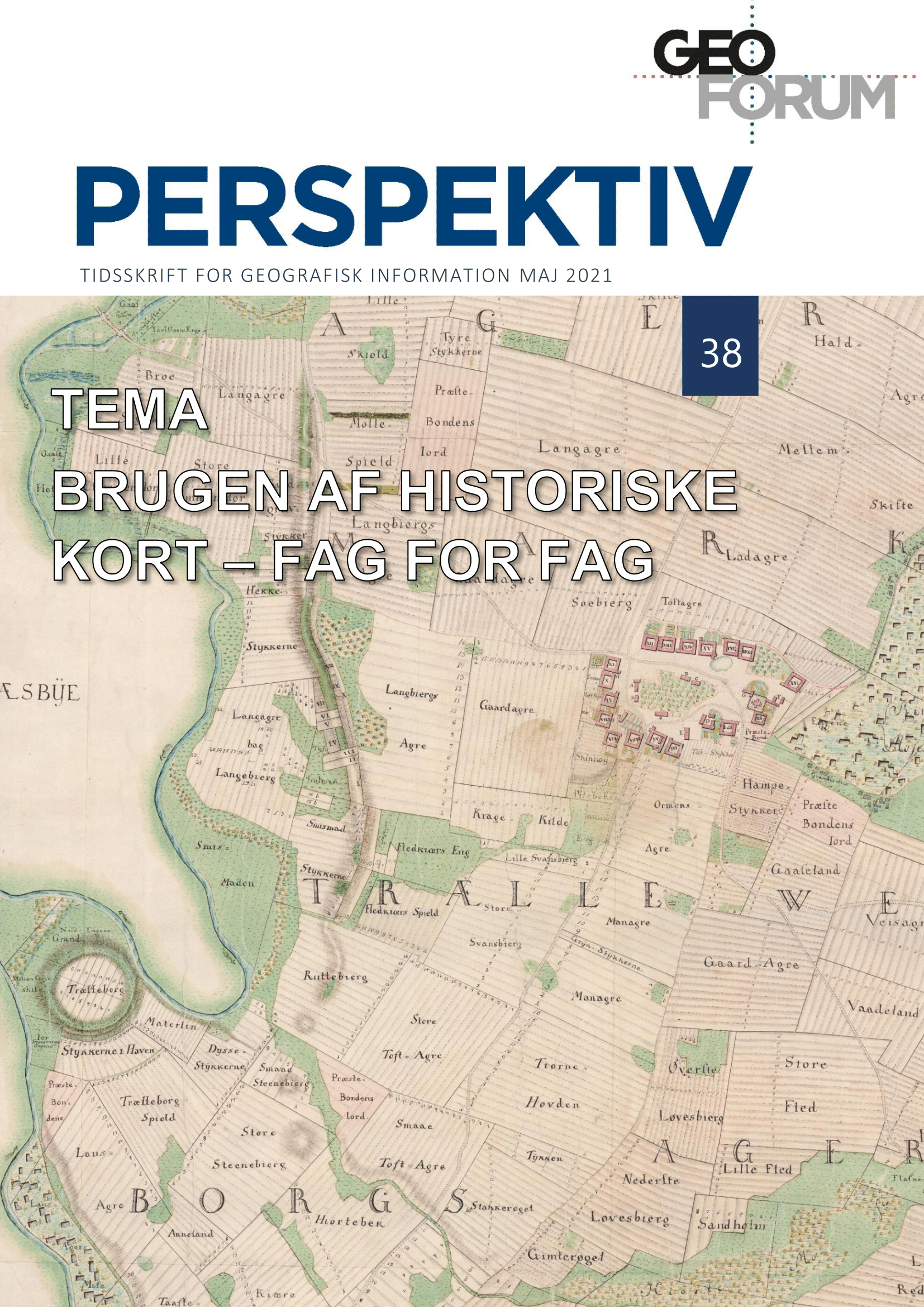Kort som slægtshistoriske kilder
DOI:
https://doi.org/10.5278/ojs.perspektiv.v20i38.6680Resumé
Hvor slægtsrelateret ejendomshistorie tidligere var et tungt og tidskrævende arbejde, har de seneste års massedigital-isering af historiske arkivalier fra danske kulturinstitutioner gjort det forholdsvis let at lokalisere ejendomme, der engang var i en bestemt slægts besiddelse, og at afdække deres historie. Centrale kilder til dette arbejde er de historiske kort, som ligger online på Geodatastyrelsens (GST) Historiske kort på nettet, og særlig de såkaldte original-1-kort, der blev tegnet ved matrikuleringen 1806-1860, og som giver en unik kobling mellem familieoverhoveders personnavne og matrikelnummeret på den ejendom, familien havde i sin besiddelse. Med konkrete eksempler fra Værløse Sogn i det gamle Københavns amt vises, hvordan denne kobling mellem familieoverhoveders navne, matrikelnumre og ejendom-menes præcise placering gør det muligt at hente andre ejendomshistoriske data fra andre historiske kort, finde historiske luftfotos af ejendommene og afdække deres ejerhistorie. Artiklen viser endvidere, hvordan den slægts-relaterede ejendomshistorie i kombination med traditionel slægtsforskning kan afsløre hidtil ukendte detaljer af og give et unikt indblik i en slægts historie.
Downloads
Publiceret
Nummer
Sektion
Licens
Copyright (c) 2021 Mette Colding Dahl

Dette arbejde er licenseret under en Creative Commons Attribution-NonCommercial-NoDerivatives 3.0 International License.
Artikler publiceret i Geoforum Perspektiv er licenseret under en Creative Commons Ikke Kommerciel - 4.0 licens. Læs mere her.





